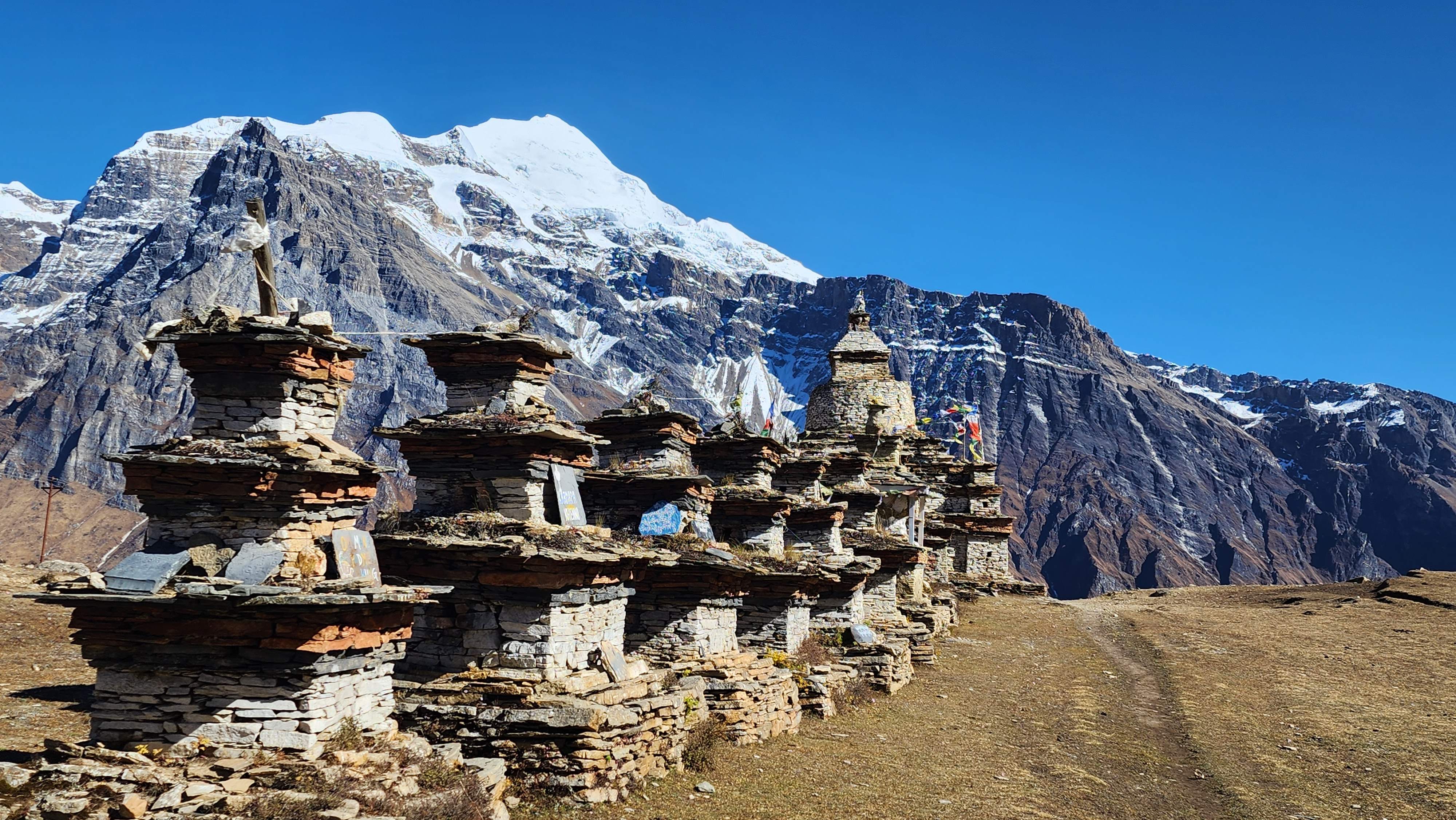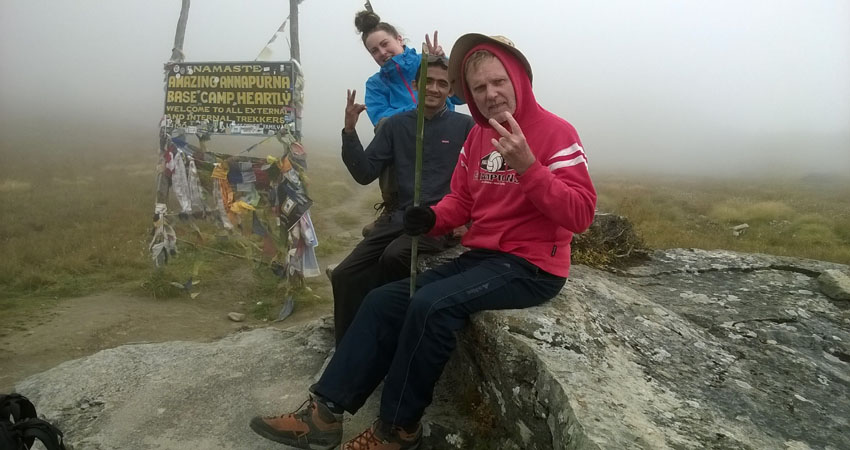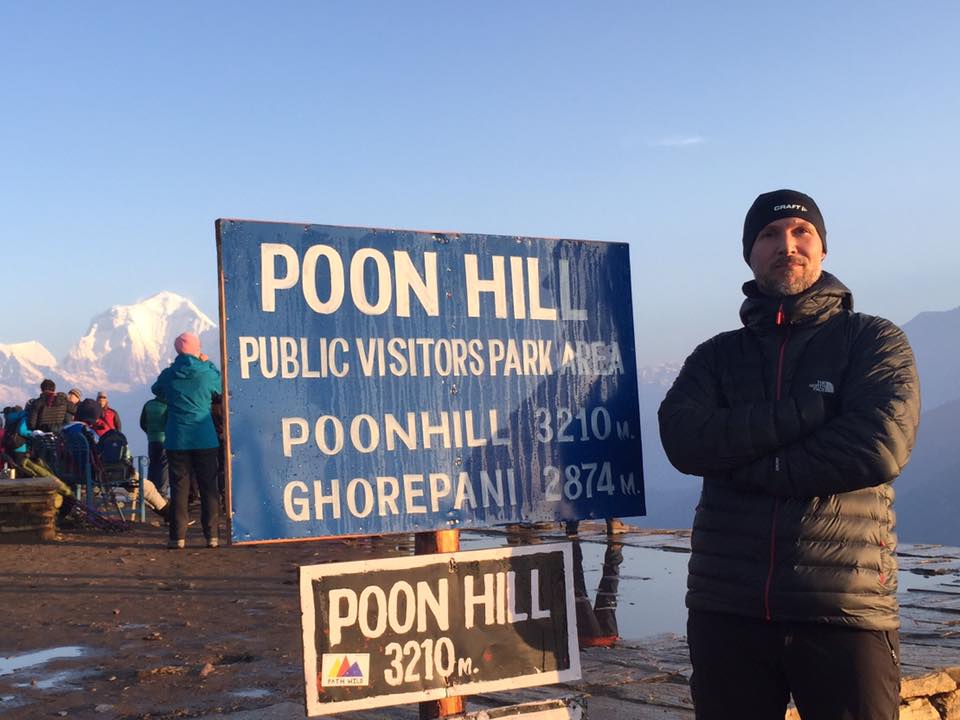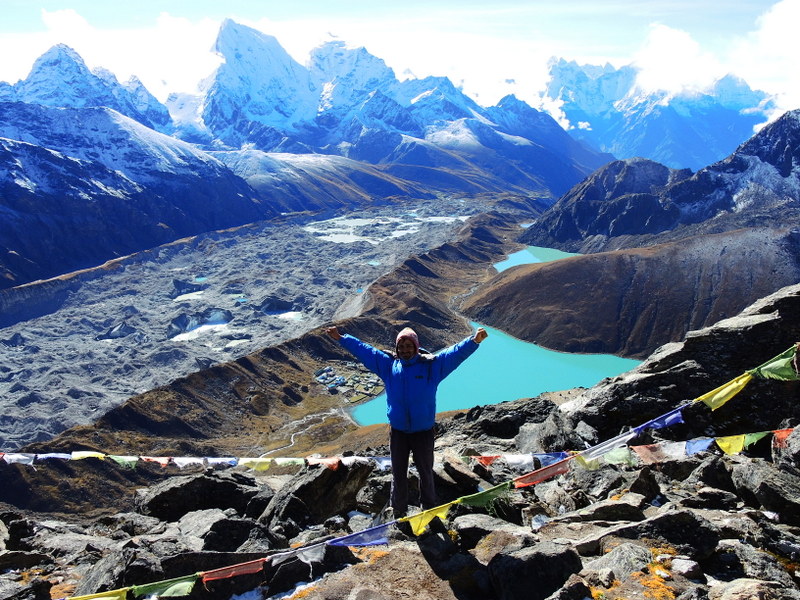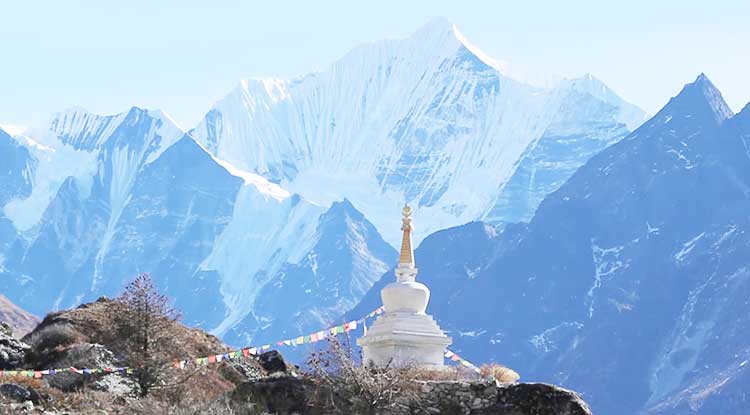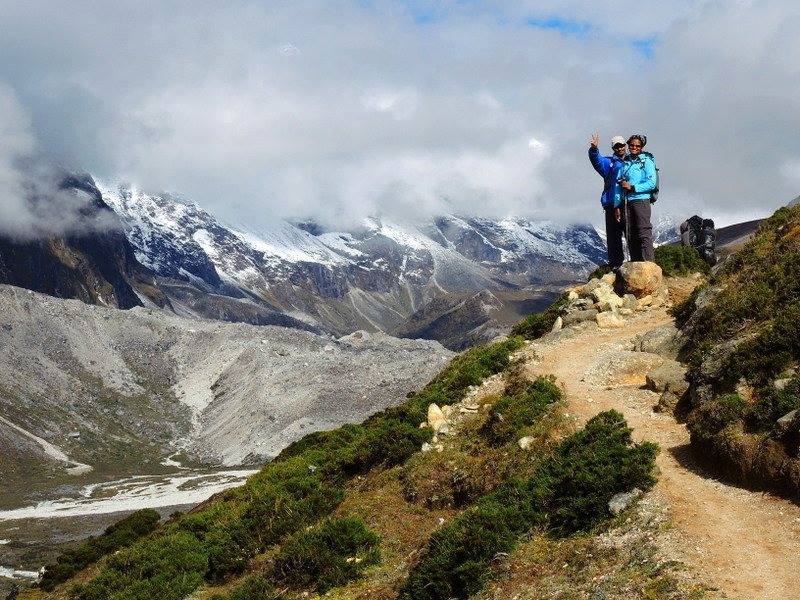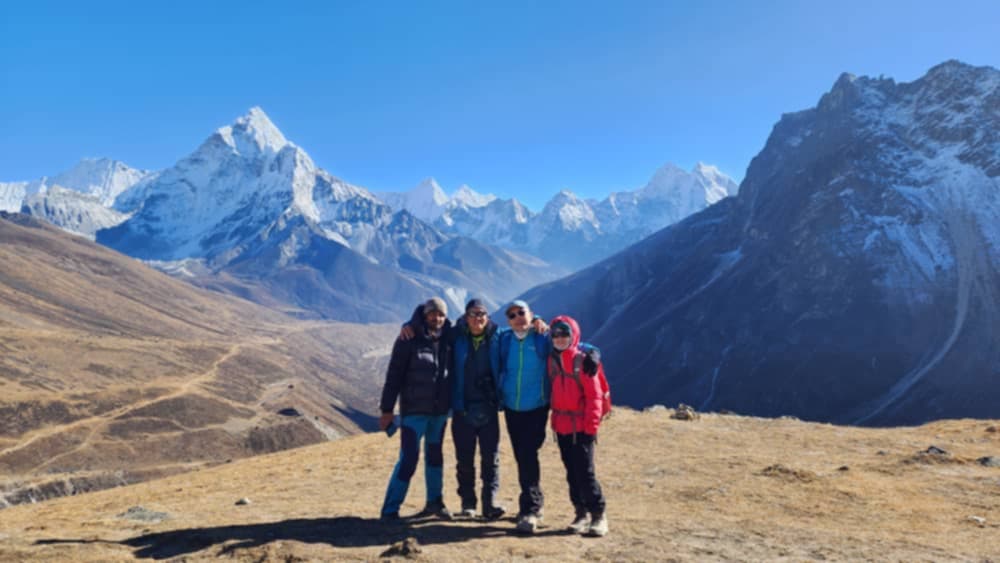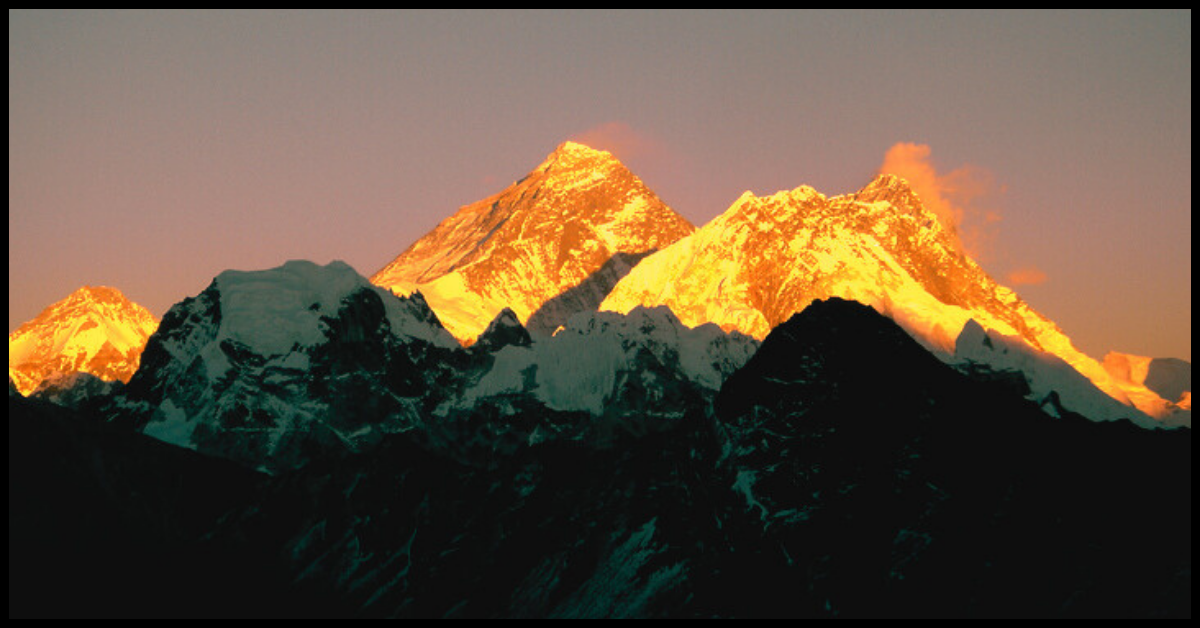Tour Description
Overview of the Short Nar Phu Valley Trek
The Nar Phu Valley Trek is a captivating journey into one of Nepal’s most secluded regions, offering an unparalleled blend of natural beauty and cultural heritage. Located in the remote northern part of the Manang district, the trek reveals two enchanting villages—Nar and Phu—hidden high above the tree line. These settlements, rich in Tibetan-inspired traditions, remained largely unknown to the outside world until recent decades. Today, they offer a rare glimpse into a lifestyle that has changed little over centuries.
This trek combines adventure and serenity, taking travelers through rugged mountain trails, narrow gorges, and vast alpine landscapes. The Nar Phu Valley is not just about its stunning vistas; it’s also about the cultural immersion in the unique way of life of its inhabitants. As a restricted area, the region has retained its authenticity and traditions, requiring trekkers to obtain special permits, ensuring that the environment and cultural heritage are preserved for future generations.
For adventurers seeking a less-traveled path, the Nar Phu Valley Trek is an excellent choice. It provides a unique perspective of Nepal’s diverse ecosystem, from dense forests to stark, high-altitude terrain. Combined with the allure of historic monasteries, chortens, and the warm hospitality of the locals, this journey is a memorable experience for both seasoned trekkers and cultural enthusiasts.
The Experience of Nar Phu Valley Trek
The trek is a gateway to pristine wilderness and unspoiled landscapes. From the moment you set foot in the region, the towering peaks of Annapurna, Manaslu, and Dhaulagiri form a majestic backdrop. As you navigate the trails, you’ll encounter roaring rivers, cascading waterfalls, and dense rhododendron forests, all adding to the trek’s allure. The thrill of crossing high passes, such as Kang La, is complemented by the serene beauty of the surrounding mountains and valleys.
The cultural immersion in Nar and Phu villages is a highlight of the journey. Nar, known for its pastoral lifestyle, and Phu, celebrated for its fertile lands, offer a rare glimpse into an ancient way of life. The houses, clustered in traditional Tibetan styles, and the vibrant gompas and monasteries, exude an old-world charm. Interacting with the villagers, who maintain their customs and traditions, is a humbling experience, providing insights into their resourceful and resilient lifestyle.
This trek is as much about self-discovery as it is about exploring the physical landscape. The tranquil surroundings, coupled with the locals’ deep spiritual connection to the land, inspire a sense of inner peace. Whether it’s witnessing a yak herder’s daily routine or standing amidst the vast, untouched Himalayan vistas, every moment of the Nar Phu Valley Trek is an invitation to connect deeply with nature and culture.
Restricted Area Trekking in Nepal
To preserve the cultural heritage and natural environment of sensitive regions near the Tibetan border, the Nepalese government regulates trekking in areas like Nar Phu Valley. Permits and compliance with specific guidelines are required, including:
- A minimum group size of two trekkers.
- Permits for conservation areas or national parks.
- Payment of local rural municipality fees.
- Hiring a licensed trekking agency and a certified guide.
- Obtaining a special immigration permit.
- Securing travel insurance.
- This trek offers not only adventure but also a meaningful connection to Nepal's cultural and natural legacy.
Best Time for the Nar Phu Valley Trek
Spring (March to May) is considered the best time to embark on the Nar Phu Valley Trek. During this season, the region comes alive with blooming rhododendrons and lush greenery, creating a vibrant and picturesque landscape. The stable weather conditions make trekking more enjoyable, with clear skies offering unobstructed views of the surrounding Himalayan peaks. Temperatures are mild and comfortable, even at higher altitudes, ensuring a pleasant trekking experience. Moreover, the spring season coincides with various local festivals, particularly in May, giving trekkers an opportunity to witness the rich cultural traditions and celebrations of the Nar and Phu communities.
Autumn (September to November) is another favorable time for the trek, marked by cool temperatures and generally clear skies. This season follows the monsoon, leaving the trails refreshed and the views pristine. However, weather in autumn can be slightly unpredictable, especially in the higher altitudes, so trekkers are advised to be prepared for sudden changes. Despite this, the autumn months are popular among trekkers due to the breathtaking landscapes and the crisp mountain air that enhances the overall trekking experience. Both seasons provide unique opportunities to explore the natural and cultural wonders of the Nar Phu Valley.
Key Highlights of the Nar Phu Valley Trek
- Immerse in an ancient Nepalese-Tibetan way of life.
- Explore the secret valleys of Nar and Phu villages.
- Enjoy panoramic views of Himalayan giants like Dhaulagiri, Manaslu, and the Annapurna range.
- Visit ancient monasteries, gompas, and traditional chortens.
- Witness diverse flora and fauna in the region.
- Optionally visit the world-renowned Tilicho Lake (4,919 m).
-
Journey Begins
The trek begins at Jagat, which is reachable by a jeep ride from Kathmandu. Initially, the trail follows the Annapurna Circuit route to Meta, crossing the Marshyangdi River bridge. From there, you’ll enter the Nar and Phu valleys, trekking through narrow canyons and mountain trails before being rewarded with stunning views of peaks like Pisang and Kang Garu.
These valleys are home to century-old monasteries, yak herds, and the picturesque traditional villages of Nar and Phu. Nar is known for its alpine pastures, while Phu is a farming hub, with houses clustered in a unique style reflecting a bygone era.
After exploring these villages, trekkers cross the Kang La Pass to reconnect with the Annapurna Circuit at Ngawal Village. From there, they can choose to continue the circuit by crossing the Thorong La Pass or return to Kathmandu via Besisahar.
